The post 5 Secrets for Finding Great Indoor Photoshoot Locations appeared first on Digital Photography School. It was authored by Melinda Smith.

Not all photographers have a dedicated indoor studio, yet sometimes you need to shoot a session indoors. Maybe it’s freezing outside, and you don’t want to be out in that weather. Maybe you just want something fresh and a little quirky. Maybe a building has a special meaning to you or the person you are photographing.
Whatever your reasons, if you want to take indoor portraits, you’ll need to find that perfect indoor photoshoot location. And that’s what I’m going to share in this article: all my secrets for finding stunning locations (plus how to get permission to use them).
With any luck, they’ll help you find the perfect spot for your next session!

1. Always be on the lookout
Wherever you go, keep your “photography eyes” open. You may be surprised by how many places transform into a great location once you really start looking.
Some unique and exciting indoor photoshoot locations might include:
- family photos in the library
- model portfolio shots in a city building
- engagement session in the laundromat
- dance group session in a hotel lobby
- mom and toddler portraits in a grocery store
- bridal session in a grand old house, a museum, a quaint bed and breakfast, a roller-skating rink, a university building, a furniture store, a toy store, or a candy store (the list is endless!)
Look for great lighting, open spaces, interesting backgrounds, and fun things to interact with. Consider whether there are lots of people you might end up disturbing, or whether it’s a relatively calm place where you can photograph in peace.
Use your imagination and creativity to turn the ordinary into something extraordinary.

2. Always ask permission
Once you’ve found a place you’d like to use for a photoshoot, make sure you ask permission before you bring a client there.
I find that asking in person is usually best; the staff/owner can see who they’re talking to, and they’ll be much less resistant if they can see your smiling, friendly face. If you do need to ask over the phone, be professional and friendly. Remember, they need to feel comfortable with you coming in, camera setup and model/client in tow.
If you like a location but aren’t sure who owns it, check city or county records, or ask a neighboring building if they know the owner. It might take time and effort, but you should always find out who owns the property before shooting. It gives all photographers a bad name if you trespass.
In fact, I’ve had many photoshoots where I call to ask permission, and the owner thanks me profusely for bothering to ask. They usually express their frustration with other photographers who just start shooting without asking. (They allow me to photograph on their property, so obviously they don’t mind people being there, but they always appreciate being asked first.)
Also, note that some locations, like museums or theme parks, are fine with you taking photographs inside, but you’ll have to pay the entrance fee.

Other places charge a fee for photography and some don’t allow photographers at all. If you whip your camera out in either of those types of places without asking permission first, you could be fined huge amounts. It’s not worth it. Ask, and if you get declined, just move on and find another place.
Remember: It never hurts to ask. Most of the time you’ll be granted permission – and owners are often pleased that you think their building is worthy of being an indoor photoshoot location.

3. Find an owner who will also benefit
I needed a place to have adorable kids come for Valentine’s Day photos, but I didn’t know who would want multiple kids and families traipsing in and out of their establishment. Then I came across an adorable little candy shop; it was was decorated perfectly, plus it was full of delicious sweets and treats.
In the end, my photography clients came in and out all day for their sessions, and they ended up buying lots of candy in the process. Many who came had never noticed the little hometown shop with homemade caramel apples and every kind of candy you can think of. They were happy to have discovered it. I ended up with a great place for my Valentine’s Day photos, and the owner got a lot of new business.

Look for places that might benefit from your photoshoot, and chances are the owner will be more than happy to let you use their location (free of charge).
Also, many small, locally-owned places need a couple of photos of their establishment for websites and advertising purposes, or maybe even a quick headshot, and would be thrilled to let you photograph there in exchange for a photo or two.

4. Explore your connections
Do you have a friend who owns a quaint little bed and breakfast? Do they work at a museum? If you get hired to photograph that friend, you may be able to get your foot in the door and photograph at that location.
Then, if the photoshoot goes well, your friend/client may be okay with you bringing other people back to the property!
You can also think about your broader friend network. You might not be planning to photograph your best friend, but they may still have a connection to a property that you could use for your shoots.
That said, be careful not to ask for too much, and be careful not to put anyone in an uncomfortable position. If you sense that a friend is hesitant about letting you use a location, don’t push it. A little respect goes a long way, and you don’t want to be the photographer who people avoid at all costs. Relationships are more important than having a cool place to photograph, so be extra sensitive when following this advice.

5. Be the best guest
Once you’ve gotten permission to use a place, never, never, ever let anything get destroyed or damaged. The whole location should be left exactly how you found it.
If you need to move something out of the way, ask if it’s okay first. Then, when you’re done, put it back.
Be mindful of what is going on around you, especially if you are photographing kids. You are responsible for what happens during your session, and you never want to pay a big repair bill or lose a friendship because you were careless.
Remember: When you use public or private property for photos, you are not only representing yourself but also all photographers. If you make it a horrible experience for the owners, you’ll destroy the opportunity for future sessions for yourself and for all other photographers who might think to ask permission.
Please don’t be a careless photographer who ruins it for everyone. Instead, leave such a great impression that all photographers are welcomed with open arms.

Secrets for finding indoor photoshoot locations: final words
Well, there you have it:
Five ways to find the perfect indoor photoshoot location. If you follow the tips I’ve given above, you’re bound to discover some gorgeous locations – and you’ll be able to use them for years to come.
Now over to you:
Do you have any other tips for finding great indoor portrait locations? Have you found any gems? Please share your comments and images of your favorite spots below!

The post 5 Secrets for Finding Great Indoor Photoshoot Locations appeared first on Digital Photography School. It was authored by Melinda Smith.




































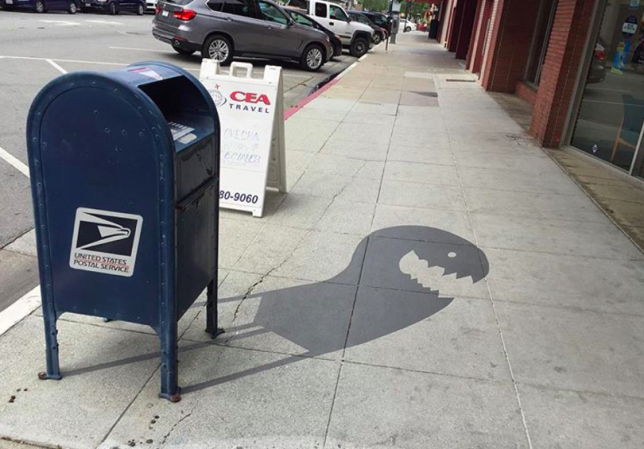
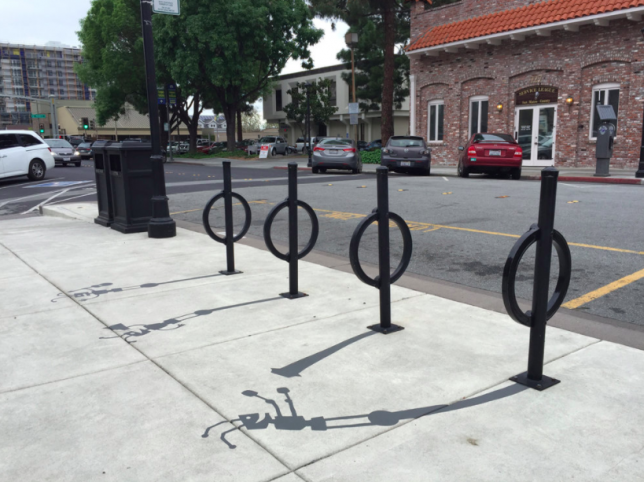

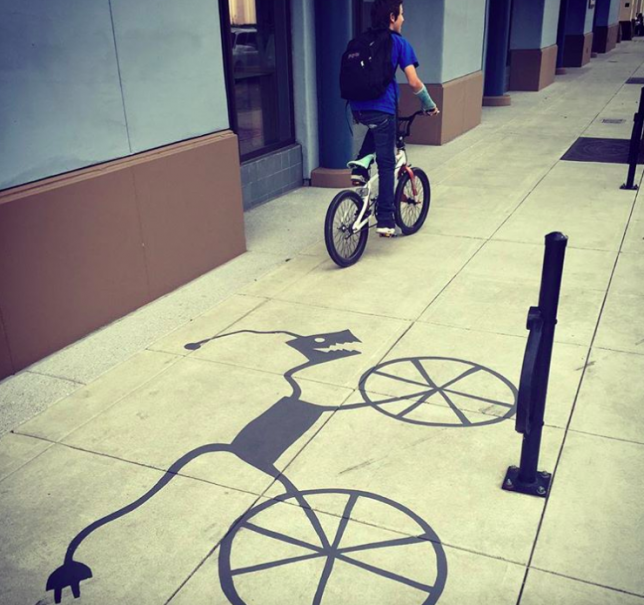
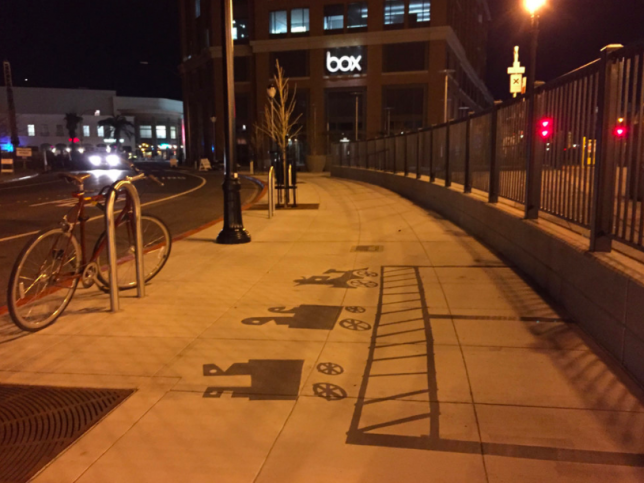
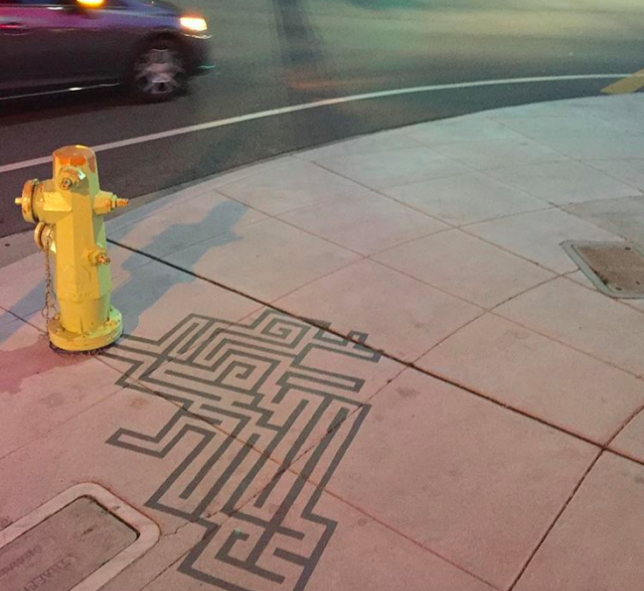






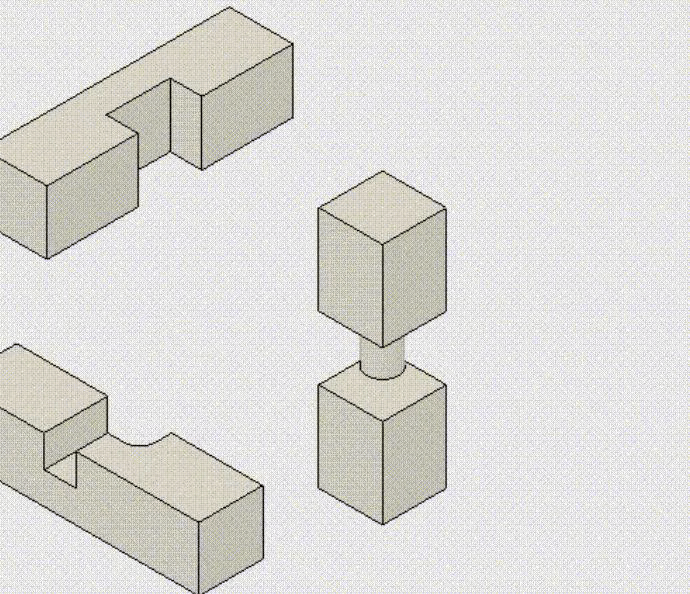

You must be logged in to post a comment.